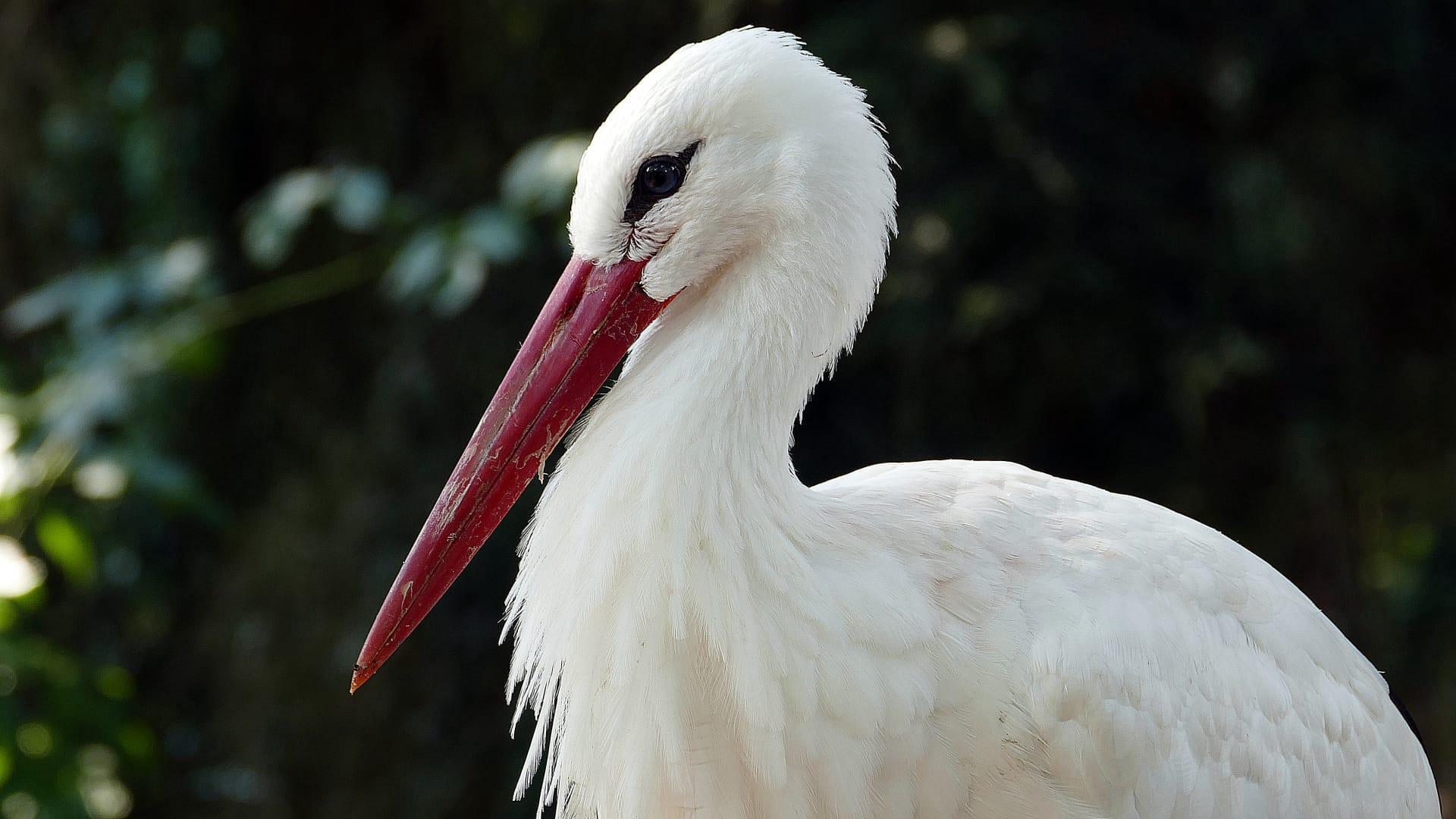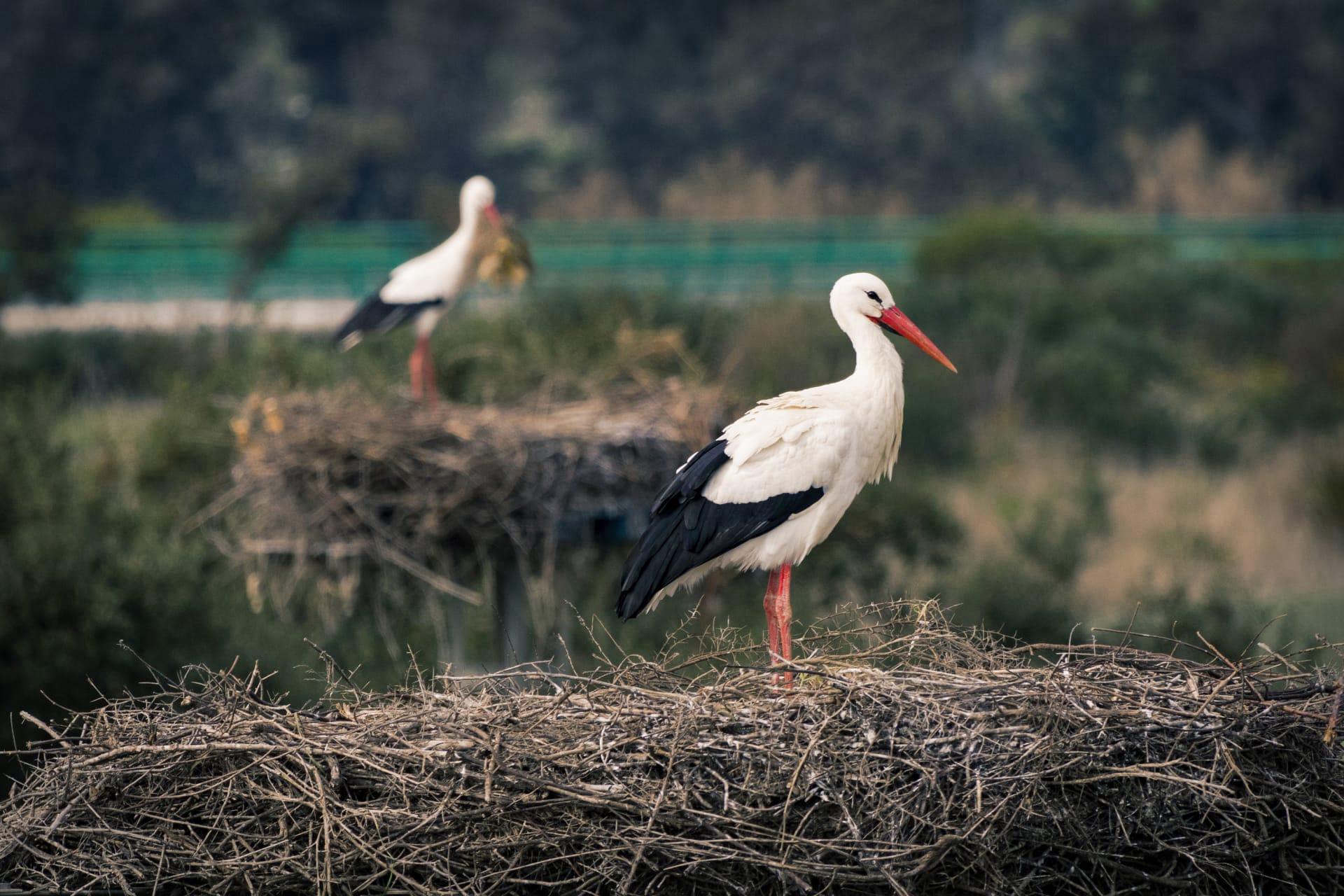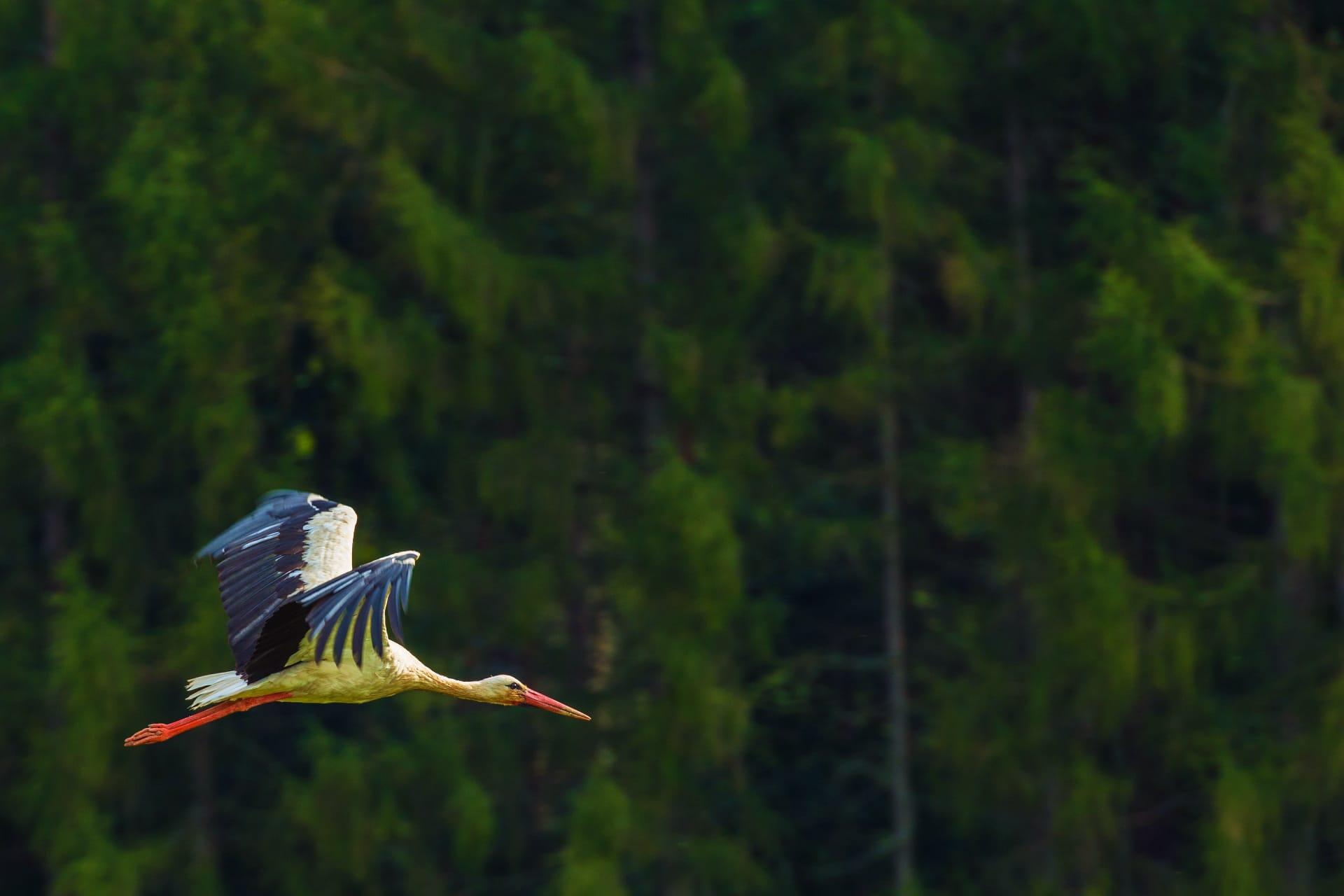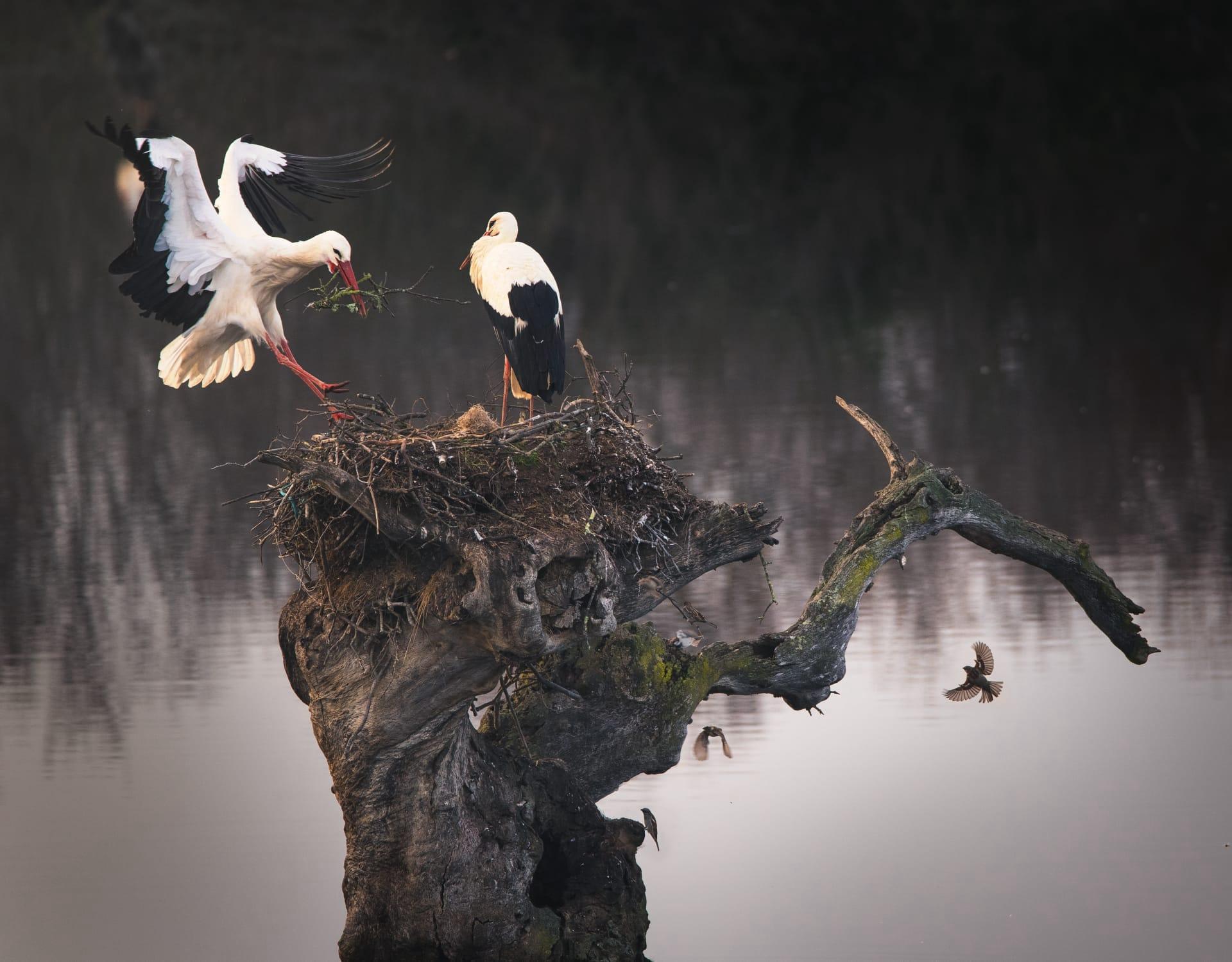Stork
- Home /
- Mini Encyclopedia /
- Animal /
- Stork
1
Storks, members of the family Ciconiidae, are large, long-legged, long-necked wading birds with long, stout bills. There are 19 species in this family, notable for their diversity in appearance and habitat preferences. The most recognized species include the White Stork (Ciconia ciconia), known for its striking white plumage with black wing feathers, and the Marabou Stork (Leptoptilos crumenifer), which stands out with its massive bill and a bald head. Storks vary in size, with the larger species like the Marabou Stork reaching up to 5 feet in height and a wingspan of over 10 feet, making them one of the largest flying birds.
Storks are found in a variety of habitats across the globe, predominantly in Europe, Asia, Africa, and parts of Australia. The White Stork, for instance, is widely spread across Europe and migrates to Africa during the winter months. This migration can cover a distance of up to 12,000 kilometers, showcasing their remarkable endurance. In contrast, the Marabou Stork is primarily resident in sub-Saharan Africa, favoring open dry savannas and often found in urban areas. The habitat preference of storks ranges from wetlands and coastal regions to grasslands and urban settings, demonstrating their adaptability to diverse environments.

2
Question: Do storks really deliver babies?
Answer: This popular myth, often depicted in folklore and cartoons, is a charming but fictional tale. Storks have been associated with babies and family due to their nurturing behavior and the fact that they often nest on rooftops in human settlements, making them a familiar sight. In reality, storks are caring parents that build large nests, which they return to year after year, and both parents participate actively in raising their young. However, their role in human childbirth is purely a myth with no basis in scientific fact.

3
Storks have evolved various survival strategies to thrive in different environments. One key strategy is their migratory behavior. Species like the White Stork migrate thousands of kilometers between breeding and wintering grounds, using thermal currents to soar and conserve energy. This ability to travel long distances is vital for their survival, as it allows them to exploit different ecosystems throughout the year.
Another survival strategy is their diverse diet. Storks are opportunistic feeders, with a diet that includes fish, insects, amphibians, and small mammals. For example, the Wood Stork (Mycteria americana) uses a tactful technique of moving its bill through the water to catch prey by touch. Additionally, storks are known for their communal nesting habits, which provide safety in numbers. These nests are often reused and refurbished each year, reflecting their strong territorial and familial instincts.

4
In ecosystems, storks play significant roles in controlling animal populations and maintaining balance. For instance, by feeding on a large number of pests and rodents, they help control these populations, which can be beneficial for agriculture and human health. Their role in scavenging, especially species like the Marabou Stork, helps in the clean-up of carrion and organic waste, thereby playing a vital role in the ecosystem’s sanitation.
Storks also contribute to the dispersal of seeds through their droppings, aiding in plant regeneration and biodiversity. Their migratory patterns also contribute to the genetic diversity of ecosystems. The presence of storks can be an indicator of a healthy environment, as they require specific conditions for feeding and breeding. Thus, their conservation status can reflect the overall health of their habitats.

5
Film: "Winged Migration" (2001) is a notable documentary by Jacques Perrin, showcasing the migratory patterns of various bird species, including storks. This French production, filmed over the course of four years, provides a spectacular and intimate view of the challenges and wonders experienced by migratory birds, highlighting the endurance and navigational skills of storks as they traverse continents.
Book: "Storks, Ibises and Spoonbills of the World" (1992), authored by James A. Hancock and others, is an informative text published in the United Kingdom. This book delves into the biology, conservation, and behavior of storks, providing a comprehensive view of these fascinating birds, enriched with detailed illustrations and photographs.
Book: "The Life of the White Stork" (2004) by Tobias Böckermann, a German author, offers an in-depth look at the life cycle, habitat, and behavior of the White Stork. This book, through its detailed research and engaging narrative, provides insights into the complex migratory patterns and environmental challenges faced by this iconic species.